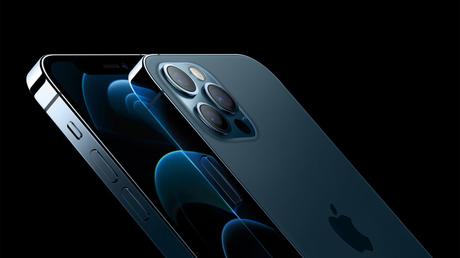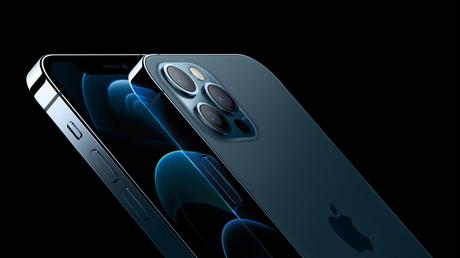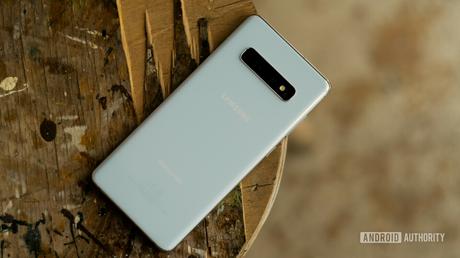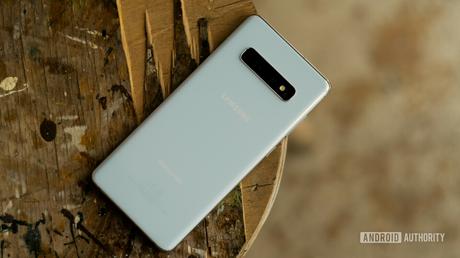
Apple's iPhone 12 has a new protective glass coating called Ceramic Shield. Ceramic Shield promises up to 4 times better drop resistance than previous iPhones, clear optical performance, and general scratch resistance. Apple hasn't had the best reputation for glass protection in the past, so this seems like an important improvement.
How exactly did Apple develop this new glass technology and how does it compare to other options on the market? First of all, it's made by Corning, the designers behind Gorilla Glass.

Apple gives a hint of the latest choice of protective glass right in the name. The key is ceramic crystals.
These small ceramic nanocrystals are embedded in the glass matrix using a high-temperature crystallization fabrication process. The interlocking structure of crystals helps deflect cracks and chips. Corning further strengthens the glass through ion exchange (essentially increasing the ion sizes to create a stiffer structure) to hold the glass together in the event of damage and to reduce the signs of scratches.
According to Corning, "Ceramic Shield is harder than any smartphone glass available today." Apple claims that Ceramic Shield offers 4 times the drop protection compared to previous iPhone models, so it should be very robust.
Samsung Galaxy S10 Plus
The main advantages of this ceramic approach are minimal defects and toughness. However, ceramics are usually not as highly transparent as normal glass. We have seen ceramic glass on the back of smartphones like the Samsung Galaxy S10 Plus, but for this reason it is less used as a protective glass for displays. Thanks to the use of tiny ceramic crystals that are smaller than the wavelength of the light, Ceramic Shield has a very high degree of transparency, so that the display of the iPhone 12 can be covered.


How is this different from the latest Gorilla Glass Victus?
The big difference is that Victus is more of a reinforced aluminum silicate glass than a glass-ceramic. Aluminosilicate glass is known for its low weight, high scratch resistance, and extreme hardness. That makes it ideal for protecting smartphone displays. This type of glass is also resistant to high temperatures and chemical degradation, although these properties are not really applicable to handsets.
Victus offers fall protection of up to two meters even on rough surfaces. According to Corning, Victus also offers twice the scratch resistance of Gorilla Glass 6 and four times the resistance of competitor aluminosilicate glasses. All of this without increasing the thickness of the glass compared to previous generations.
Gorilla Glass Victus
Corning couldn't comment on the specific strength and scratch resistance differences between the two, but noted that "Gorilla Glass Victus is the toughest Gorilla Glass we've made." The Galaxy Note 20 Ultra and Galaxy Fold 2 ship with Victus, and we expect there will be more phones in 2021.
Without a direct comparison, we cannot say which one offers the best fall protection. Regardless of whether your phone is equipped with the latest Ceramic Shield or Gorilla Glass, handsets are a little more resistant to scratches and drops.

